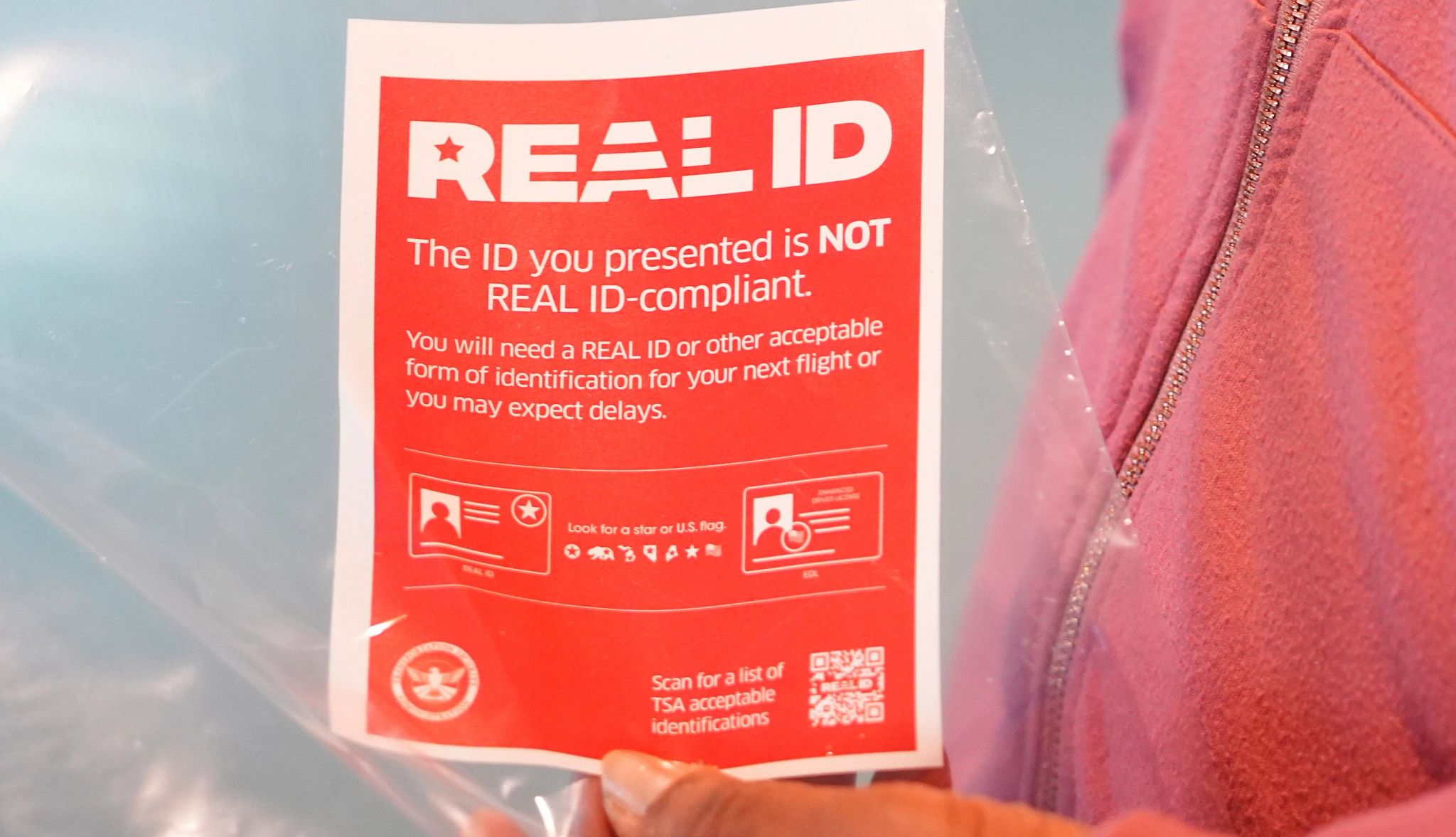AARP Hearing Center


If you’ve received a text that says you owe road tolls or a call from someone claiming your loved one is in danger, how can you tell the difference between a real emergency and a scam?
The answer: Consider how they’re telling you to pay.
“Criminals prefer to get money in forms that aren’t traceable or erasable,” says Amy Nofziger, a fraud expert for AARP. “Knowing their preferences may make it easier to spot their schemes.”
Consumers lost $12.5 billion to scams in 2024, a 25 percent increase over the previous year, according to reports to the Federal Trade Commission (FTC). Based on FTC data, these are the 10 most common types of payments scammers request:
1. Bank transfer or payment
The biggest losses to criminals in 2024 were through bank transfers or payments.
Scammers can create or open accounts in someone else’s name, whether that’s a made-up person or a combination of real and fake identities, says Jennifer Pitt, senior analyst for fraud and security at Javelin Strategy & Research.
Once you’ve paid money from your account to the scammer, it’s difficult to unwind the transaction. The criminal behind the bank account will rapidly move the money before law enforcement can get involved.
Join Our Fight Against Fraud
Here’s what you can do to help protect people 50 and older from scams and fraud:
- Sign up to become a digital fraud fighter to help raise awareness about the latest scams.
- Read more about how we’re fighting for you every day in Congress and across the country.
- AARP is your fierce defender on the issues that matter to people 50-plus. Become a member or renew your membership today.
2. Cash
Cash is still king with criminals because it’s totally untraceable. Home improvement scams may start with a contractor who asks for cash up front, or someone from a moving company may ask for a cash deposit and then disappear with the money.
A scammer may call and claim they’re from the FBI and that your account has been compromised, so they want to help you move your money to a safe place. “They will often ask victims to wrap cash in newspapers or old books to not raise suspicion,” says Nofziger. “Sometimes they will offer a courier to pick it up. If you are instructed to do this, you are involved in a scam. Ask for help.”
3. Checks
Someone gives you a check as payment. But it’s for more than they owe you. Rather than simply writing a new check, they’ll pressure you to cash the check and to send them the supposed overpayment.
Although the money appears in your account balance, it will disappear when your bank realizes the check was fake. Meanwhile, your check has been cashed, the money is gone from your account, and the scammer has disappeared.
Another scenario: After you’ve lost money in a scam, a scammer poses as an expert who can recover stolen funds. They’ll send you a check claiming they found your money, then ask you to pay a finder’s fee. You’ll later discover that the check you deposited was fake, while they have your finder’s fee.


































































More From AARP
How Fraud Fighters Stay Safe From Scams
10 Low-tech ways to protect yourself like a pro
What to Do After You’ve Experienced a Scam
Secure your data post-scam with these vital steps
How You Can Stop Illegal Robocalls
What they are, how to recognize them and how to protect yourself from scam calls